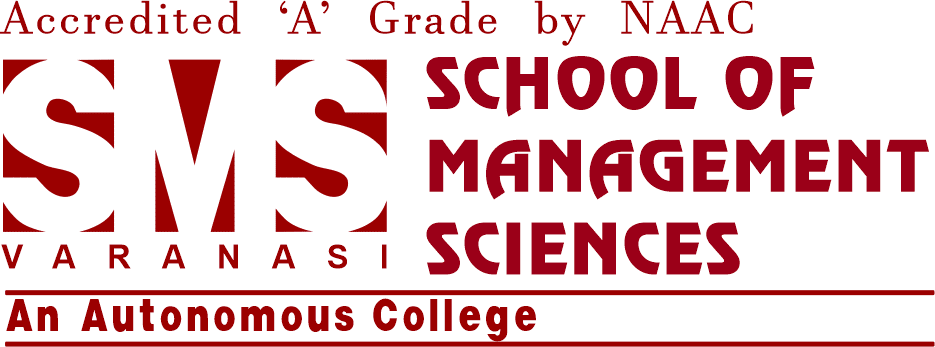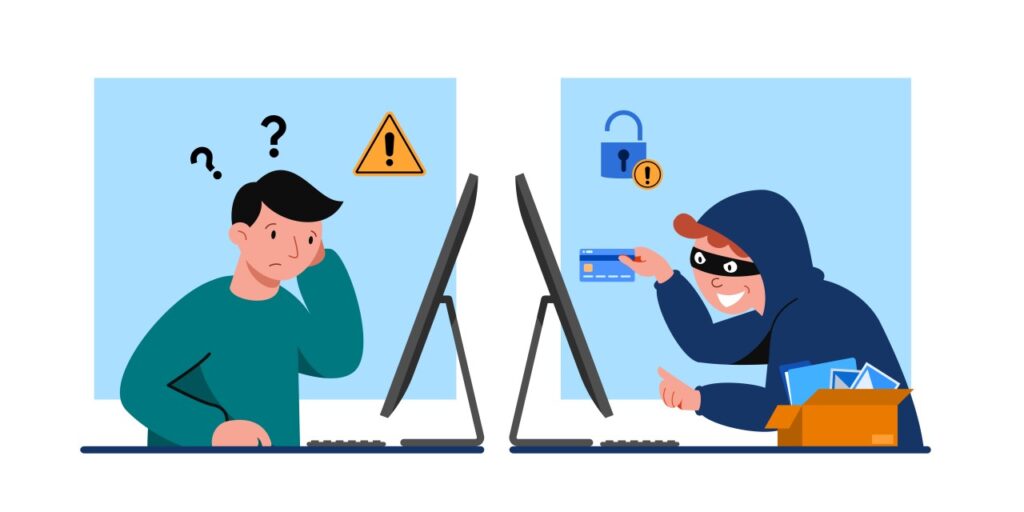
Artificial Intelligence (AI) and the Internet of Things (IoT) are transforming how people live, work, and interact with technology in today’s increasingly linked world. IoT and AI are enhancing convenience and efficiency in living through smart homes and intelligent healthcare equipment. Significant cybersecurity risks are also brought about by the quick integration of AI technology and networked gadgets. This blog will discuss the cybersecurity risks that come with IoT and AI, as well as precautions that may be taken to reduce these risks.
Understanding IoT and AI: A Brief Overview
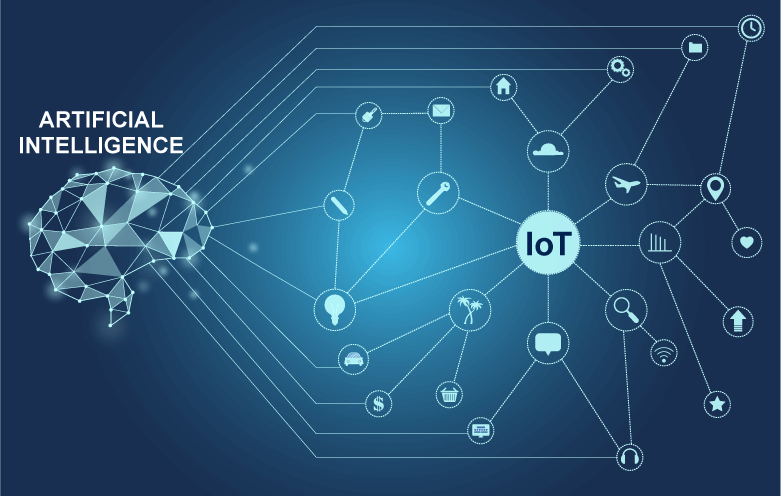
IoT and AI should be understood, as well as how they complement one another, before diving into risks related to cybersecurity.
Internet of Things (IoT): The term “Internet of Things” (IoT) describes a network of actual physical objects, including cars, appliances, and home furnishings, that are integrated with sensors, software, and connections to allow them to communicate and share data over the internet. Because of this connectedness, real-time automation, data collecting, and monitoring are made possible. These capabilities may be leveraged to boost productivity and strengthen decision-making procedures.
Artificial Intelligence (AI): The field of artificial intelligence (AI) in computer science deals with building machines that can carry out activities that normally require human intelligence. This includes making judgments, identifying patterns, deriving knowledge from data, and even comprehending natural language. To create smarter and more independent systems, AI is being included in Internet of Things devices on an increasing basis.
The Growing Cybersecurity Risks in IoT and AI
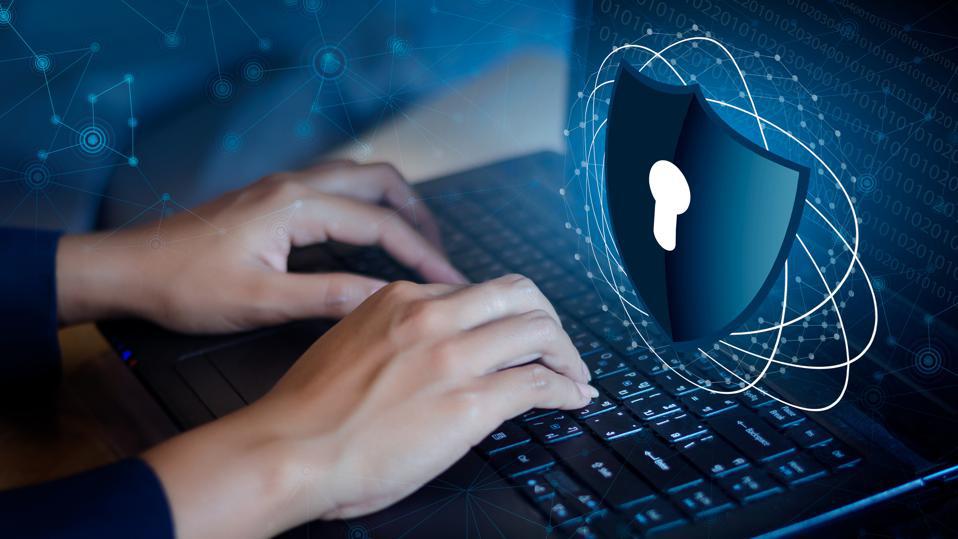
The increasing availability of IoT and AI technology presents new opportunities for hackers to take advantage of. Some of the most significant cybersecurity risks connected to IoT and AI include the following:
1. Inadequate Security Measures in IoT Devices
The fact that numerous Internet of Things (IoT) devices are made with few security safeguards in place is one of their main problems. Cost and usefulness are frequently given precedence by manufacturers above security, which results in gadgets that are simple targets for hackers to attack. Weak passwords, insufficient encryption, and out-of-date firmware are common problems in Internet of Things (IoT) devices. These devices have the potential to serve as entry points for more sophisticated assaults, such as Distributed Denial of Service (DDoS) attacks if they are exploited.
2. Data Privacy Concerns
Large volumes of data are gathered by IoT devices, including use patterns, location data, and personal information. This information might be misused for malicious purposes like identity theft, stalking, or even extortion if it ends up in the wrong hands. The security and privacy of users can be further compromised by manipulating the AI algorithms that process this data to yield biased or inaccurate results.
3. AI-Powered Cyberattacks
AI has the potential to be a weapon in the possession of cybercriminals in addition to being a defence tool. AI may be used to carry out additional complex and focused assaults, including malware infections that are customized for specific victims according to their online activity. Malware with AI capabilities may also learn and adapt to avoid being discovered by conventional safety precautions, making it more challenging to defend against these attacks.
4. Botnets and IoT
The most significant risk in the era of IoT is botnets, which are networks of infected devices under the control of hackers. Hackers frequently utilize Internet of Things (IoT) devices as targets for building botnets, which are then used to carry out massive assaults like denial-of-service attacks. Such assaults have the potential to completely take over websites and servers, resulting in their failure and causing serious harm to their reputation and finances.
Mitigating Cybersecurity Threats in IoT and AI
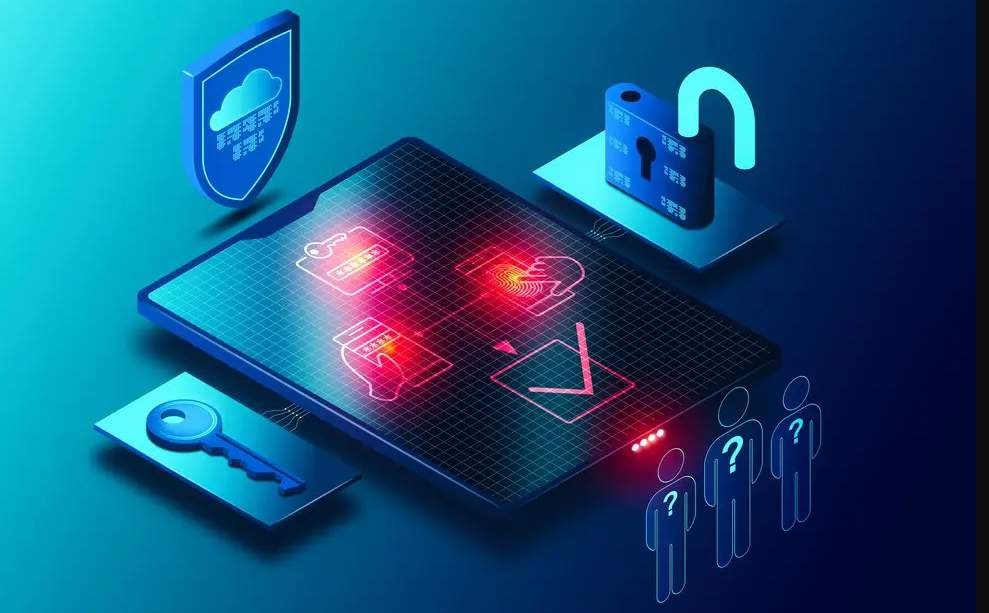
Notwithstanding the seriousness of the cybersecurity dangers connected to IoT and AI, the following actions may be done to reduce the risks:
1. Implement Strong Security Protocols
While designing AI systems and IoT devices, manufacturers and developers need to put security first. Enforcing secure passwords, using robust encryption, and routinely patching hardware and software to fix bugs are some examples of how to do this. Furthermore, security protocols must be incorporated into the IoT devices’ architecture from the beginning rather than being added after.
2. Educate Consumers on Security Best Practices
Customers are essential to keeping their IoT devices secure. Cyberattack risk may be decreased by educating customers on security best practices, such as changing default passwords, upgrading devices often, and sharing data with caution. It is the responsibility of manufacturers to offer detailed instructions and advice on how to protect their products.
3. Use AI for Threat Detection and Response
When it comes to identifying and countering cybersecurity risks, AI may be a very useful tool. Artificial Intelligence (AI) may assist in detecting possible attacks before they significantly affect a network by studying patterns in traffic and spotting abnormalities. Security systems with AI capabilities may help automate the reaction to assaults, cutting down on the amount of time needed to lessen the effects of an attack.
4. Secure the Supply Chain
To mitigate supply chain risks, firms had to impose rigorous security protocols along the whole supply chain. This includes employing safe techniques to transport data and components, screening vendors, and carrying out frequent security assessments. Manufacturers may lessen the chance that their goods will have vulnerabilities by safeguarding the supply chain.
5. Collaboration and Information Sharing
Governments, businesses, and academia must work together to address the cybersecurity issues raised by IoT and AI. By exchanging information on risks, vulnerabilities, and best practices, enterprises may improve their security procedures and stay one step ahead of hackers. To guarantee the security of IoT and AI technologies, standards and laws may be developed in large part through public-private collaborations.
The Future of Cybersecurity in IoT and AI
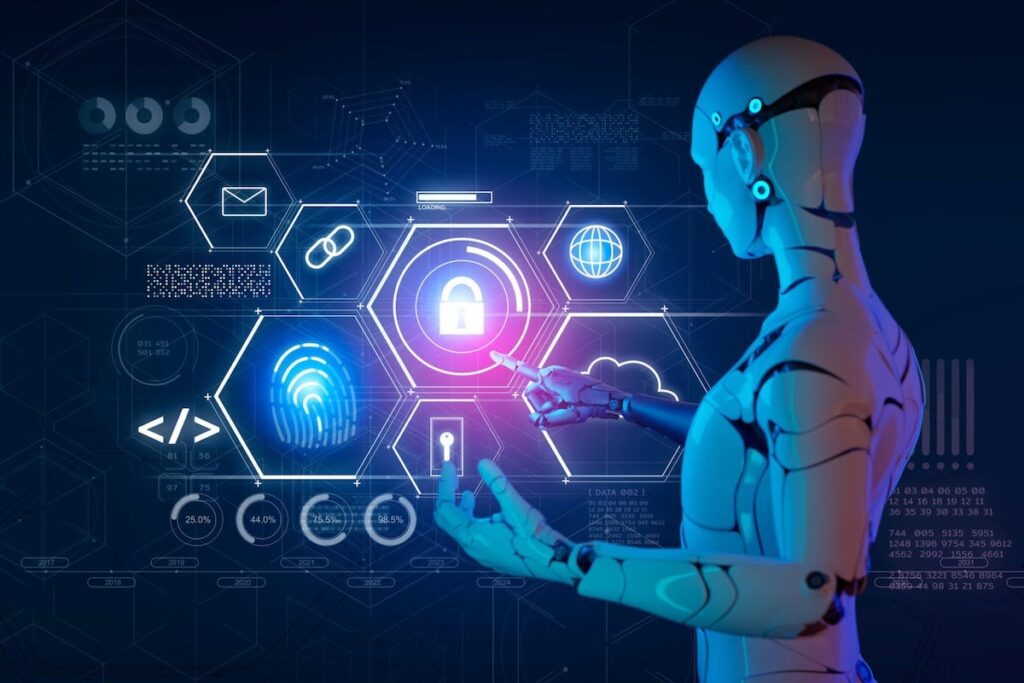
The cybersecurity risks connected to IoT and AI will also develop as these technologies do. It is essential that producers, developers, and users continue to be watchful and proactive in mitigating these dangers. We can contribute to ensuring that the advantages of IoT and AI are achieved without compromising our security and privacy by emphasizing security, educating users, and using AI for threat detection.
In summary, there are a lot of potential and serious cybersecurity problems associated with the IoT and AI era. We may safeguard ourselves and the linked world against the always-changing realm of cyber hazards by being aware of these dangers and taking action to lessen them.
